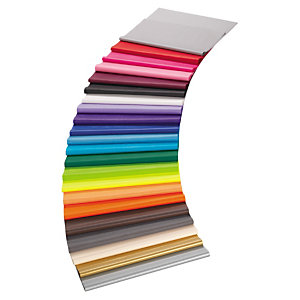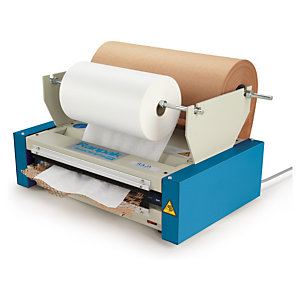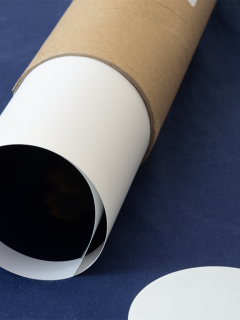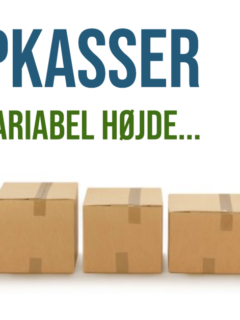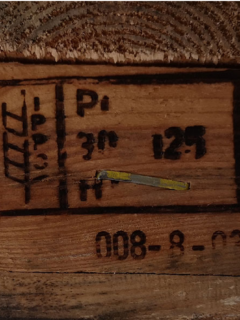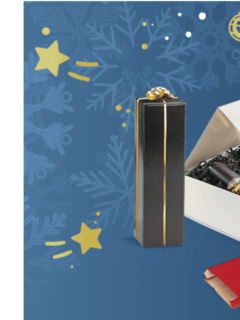Unboxing products should be an experience for customers – the phenomenon also called ‘Unboxing’ has increased in popularity over the past several years. The customer wants an experience online as well as in retail. Packaging design and wrapping play an increasingly crucial role.
What is tissue paper?
Tissue paper is an extremely thin and light type of paper with a density of less than 30 g/m2, however it is not only the low weight that is noticeable as the fine paper can usually also be made from up to 100% recycled fibre – for example from cardboard, newspaper or single juice cartons. The pulp, or in other words ‘the recycled fibres’, is rolled out as a wet pulp on a ‘paper machine’ until the desired density is reached. The paper is then dried in a large steam-heated section of the machine and rolled onto large cylinders.
Production can now be completely chlorine and acid free, as well as free of wood components and be corrosion neutral.
In the past, tissue paper could become brittle over time and develop acid. As a result, sensitive objects were attacked and damaged by the acid content in the paper. For this reason, acid-free tissue paper was developed and production can today be completely chlorine-free, wood-free, acid-free and corrosion-neutral.
Acid-free tissue paper:
When acid-free tissue paper is produced, all the acidic components in the tissue are removed. This makes the tissue paper ideal for protecting and storing sensitive products such as jewellery, tableware and antiques.
Therefore, acid-free tissue paper can be used for more than traditional tissue paper. At RAJA, our tissue paper is both chlorine-free and acid-free – and it doesn’t rub off. We also have tissue paper included in a wrapping machine called Geami WrapPak, which is available for both manual and machine use.
The difference between tissue paper and crepe paper:
There are different types of tissue paper, one variety is crepe paper. The main difference is the manufacturing process. Both masses are rolled on a paper machine and dried, but with crepe paper a thin layer of adhesive is applied and it is scored with a blade – giving the crepe paper a curly effect with good elasticity. The density of crepe paper compared to tissue paper is thicker, up to 72-130 g/m2. It is heavier and more robust. Crepe paper is good for protecting round and angled objects such as pipes, furniture legs, etc.
Tissue paper is good for creating an “unboxing experience”:
Tissue paper can make a nice decorative protection for your products. It comes in many colours and does not stain. Due to its chlorine- and acid-free production, tissue paper is also very environmentally friendly. Use it as protection or decoration in your bags or around products with delicate surfaces in your gift boxes – the possibilities are many.
See our 19 colours of tissue paper here!

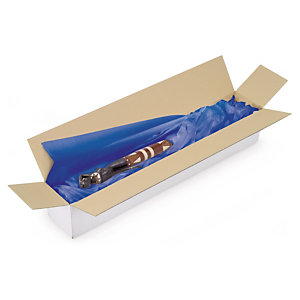

… You can also save the tissue paper to get creative with the kids – which is great pastime this Corona season.
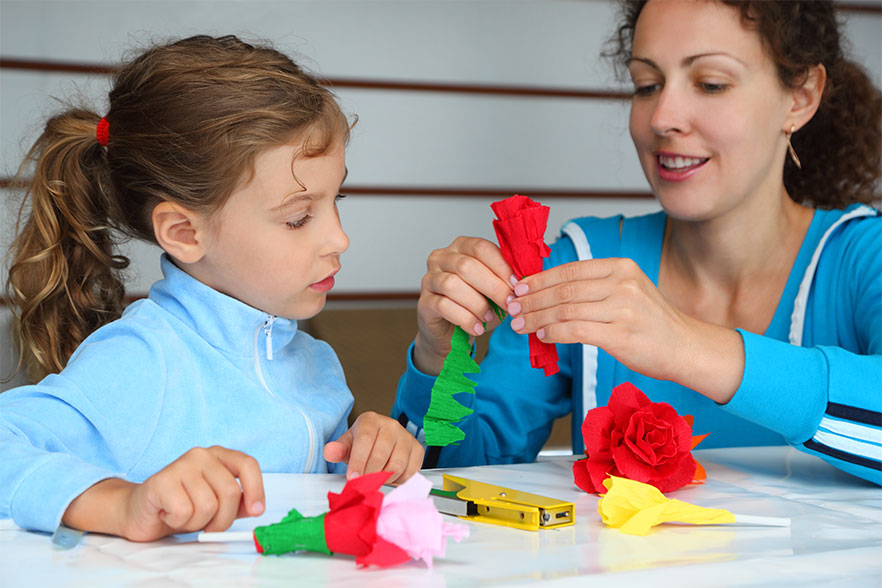
🙂











